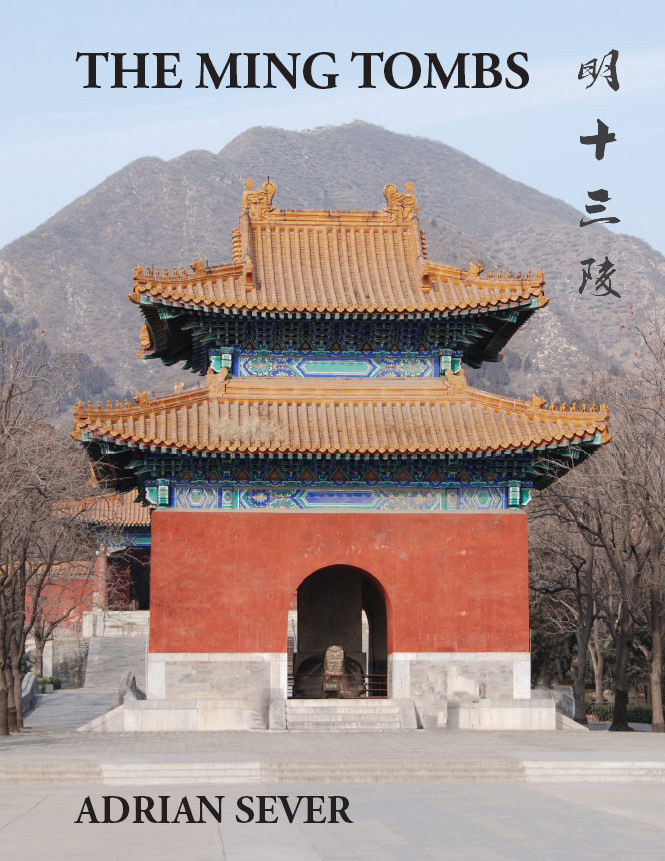The Ming Tombs
The Ming Tombs
In 1406 the third emperor of the Ming dynasty, Zhu Di, moved his capital to Beijing and while his massive palace complex, the Forbidden City, was being built he had his diviners and geomancers look for an auspicious location for an imperial burial ground. A site was selected forty kilometers to the northwest of the capital and in the two and a half centuries that followed his death twelve of his thirteen successors were buried near him in the necropolis now known as the Ming Tombs. The location was chosen according to the principles of fēng shuĭ, an ancient Chinese philosophical system of optimising the harmonisation of objects with the surrounding environment, based on invisible life forces known as qì that bind together the universe and everyone and everything in it.
The site ticked all the boxes. The magnificent Tianshou mountains encircle the area on three sides, thus protecting it from bad spirits and evil winds coming down from the north, and the enclosed valley has an ample supply of water, which retains qì. In practical terms, the site had the advantage that it was only two days march from the capital. The thirteen mausoleums display respectful attention to the landscape, establishing a harmony between tomb architecture and the surrounding mountains, rivers and vegetation that embodies the deeply held Chinese view that man is an integral part of nature. At the same time they embody perfectly the principles and practices of ancestor veneration, the most important belief system in Chinese society.
The Ming Tombs project power and permanence, an outstanding testimony to a cultural and architectural tradition that dominated east Asia for over five hundred years.
This book was written for the general reader of enquiring mind. It takes you on a journey to one of the world’s greatest architectural and historic sites, beginning with an overview of the Ming dynasty, the most powerful and cultured period in 3,500 years of Chinese imperial history, and then taking an in-depth look at each of the thirteen tombs and their remarkable occupants.
